Institute of Geophysics Ural Branch of the Russian Academy of Sciences (IGF UB RAS)
Institute of Geophysics of the Urals Branch of Russian Academy of Sciences named after Yu.P. Bulashevich (IGF UB RAS) was founded on 10th of January in 1958 to develop geophysical researches in the Urals region as well as to address a problem of consolidation and analysis of available geophysical data for carrying on general theoretical and experimental studies and field works. IGF UB RAS was awarded the Order of the Red Banner of Labor by the decree of 13th of March 1969 of the Presidium of the Supreme Soviet of the USSR for success in the field of Geophysics and highly-qualified scientific personnel training. Nowadays IGF UB RAS is a major geophysical research center in the Urals, the only one from Moscow to Novosibirsk that deals with both fundamental and applied scientific problems.
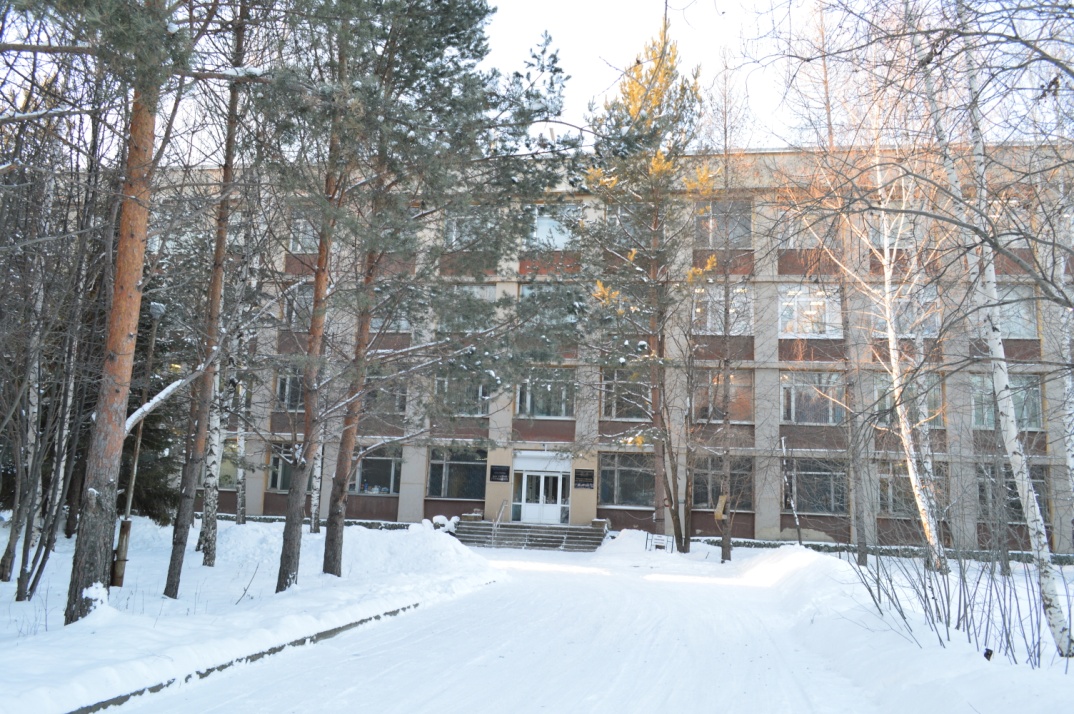
To date IGF UB RAS consists of 7 scientific laboratories such as the laboratories of geodynamics, regional geophysics, mathematical geophysics, seismometry, electrometry, borehole geophysics, environmental geophysics and one subdivision, i.e. observation station “Arti”. There exists the Institute-based Dissertation Committee D004.009.01 majoring in Geophysics and geophysical prospecting methods (the speciality 25.00.10) as well as a postgraduate program.

The core activity of the Institute of Geophysics is conducting fundamental, prospecting and applied researches in accordance with the priorities of the Scientific and Technological Development Strategy of Russian Federation until 2035 approved by the Decree of the President No. 642 of 01.12.2016 in the field of Earth Sciences. According to the priority development fields, IGF UB RAS makes investigations in the following research trends:
- studying of the structure and geodynamical evolution patterns of the Earth’s crust and upper mantle based on geological and geophysical data;
- studying of geophysical fields and processes, environmental monitoring, hazard assessment of natural and triggering technological disasters, the developing and improving of geophysical methods and hardware systems for the purpose of mineral prospecting, geophysical engineering research;
- developing of geophysical equipment and information technologies for data collection, transfer, processing and interpretation.
The most important recent developments:
- theory, methods, algorithms and programs for solving inverse three-dimensional problems of gravity and magnetic as well as geoelectric measurements and the interpretation of a wide range of geophysical data based on them; digital three-dimensional model (velocity, density, magnetic one) and scheme of tectonic zoning of the lithosphere upper part in the Urals region and adjacent areas;
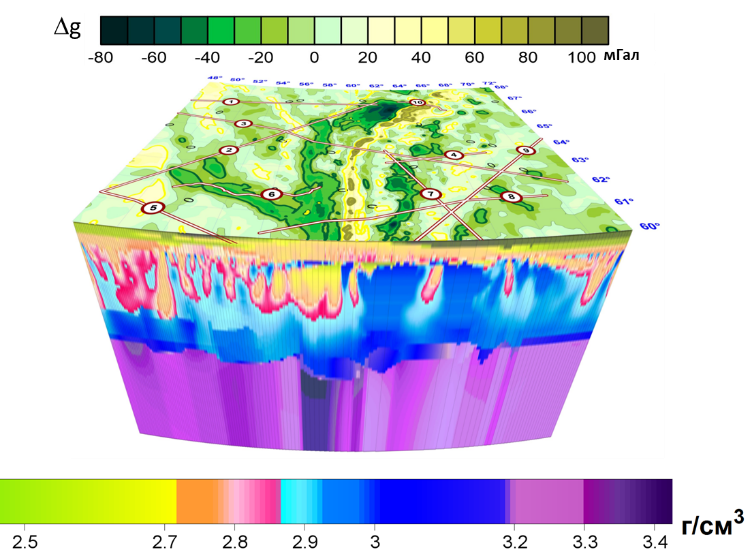
- geothermal method for paleoclimate reconstruction based on the analysis of temperature-depth profiles measured in deep boreholes;
- equipment and techniques of electromagnetic research for studying the structure of the Earth's crust and geophysical prospecting;
- algorithm for mapping of archeological monuments using magnetic and georadar survey;
- hardware and software complex for studying of thermodynamic characteristics of engineering objects and the upper part of the geological section;
- borehole equipment that allows to carry out lithology differentiation of well sections by the magnetic properties contrast of layers;
- the method of the fluid flow source’s detection in gas condensate fields in the hole of producing borehole by three-component geoacoustic logging.
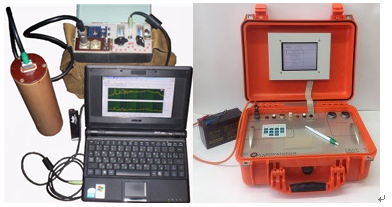
Institute of Geophysics organizes some regular events:
1. Since 1999 – “The Urals young scientists geophysical school”. It is initiated for involving of young specialists in Geophysics, for their personal enrichment and forming of young geophysicists community.
2. Since 2001 – a Russia-wide International Conference “Scientific readings in memory of Yu.P. Bulashevich. Deep structure, geodynamics, thermal field of the Earth, interpretation of geophysical fields". It is held every two years and is of great interest in the geophysical community.
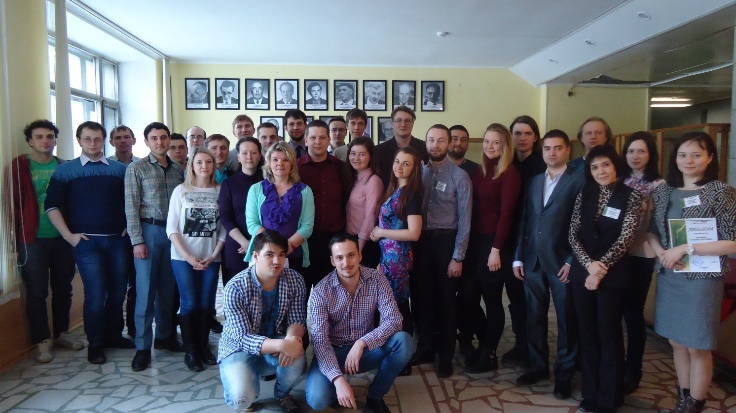
Since 2000 Institute of Geophysics has published the journal "The Urals Geophysical Bulletin". The collection includes papers describing the features of the structure and development of crust in the Urals and adjacent areas. The information on theoretical, methodical, instrumental development of geophysical prospecting and exploration methods are presented. There are brief talks on specific, relatively narrow issues in the Bulletin. The journal is intended for a wide range of geologists and geophysicists interested in deep structure, geodynamics and features of reflection of different fields in geophysical data.
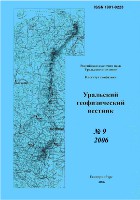
IGF UB RAS intensively collaborates with many higher educational institutions of Yekaterinburg and works jointly with foreign research and sectoral research institutes, provides methodological assistance to research and production companies.